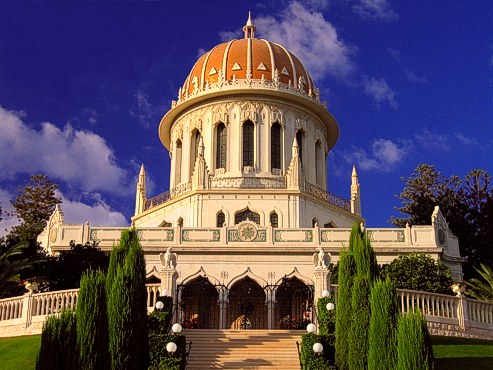Like heroes and heroines certain key sayings inspire us. Here I’m assembling the ones that have meant most to me.

As I re-find them I am putting the NEWEST at the top:
From my thesis;
The four texts that contributed to the leitmotif that, I hope, makes, of the thesis parts, a whole
Text 1)
“The larger the island of knowledge, the longer
the shoreline of mystery.” Unknown author
Text 2)
The search for reason ends at the shore of the known;
on the immense expanse beyond it
only the sense of the ineffable can glide.
It alone knows the route to that
which is remote from experience and understanding.
Neither is amphibious:
reason cannot go beyond the shore,
and the sense of the ineffable
is out of place where we measure, where we weigh…….
Citizens of two realms, we must all sustain dual allegiance:
we sense the ineffable in one realm;
we name and exploit reality in another.
Between the two we set up a system of references,
but can never fill the gap.
They are as far and as close to each other
As time and calendar, as violin and melody,
as life and what lies beyond the last breath.
The tangible phenomena we scrutinize with our reason,
The sacred and indemonstrable we overhear
with the sense of the ineffable.
Heschel A. J. (1971), Man is Not Alone, New York: Octagon Books p.8
Text 3)
Tao, the subtle reality of the universe
cannot be described.
That which can be described in words
is merely a conception of the mind.
Although names and descriptions have been applied to it,
the subtle reality is beyond the description.
One may use the word ‘Nothingness”
to describe the Origin of the universe,
and “Beingness”
to describe the Mother of the myriad things,
but Nothingness and Beingness are merely conceptions.
From the perspective of Nothingness,
one may perceive the expansion of the universe.
From the perspective of Beingness,
one may distinguish individual things.
Both are for the conceptual convenience of the mind.
Although different concepts can be applied,
Nothingness and Beingness
and other conceptual activity of the mind
all come from, the same indescribable subtle Originalness
The Way is the unfoldment of such subtle reality.
Having reached the subtlety of the universe,
one may see the ultimate subtlety,
the Gate of All Wonders.
Ni, Hua-Ching (1997), The Complete Works of Lao Tzu, Santa Monica, USA: Seven Star Communications – Tao The Ching (‘Chapter’ 1)
Text 4)
….set then yourselves towards His holy Court, on the shore of His mighty Ocean, so that the pearls of knowledge and wisdom, which God hath stored up within the shell of His radiant heart, may be revealed unto you….
(Baha’u’llah: Proclamation of Baha’u’llah, Pages: 8-9)
“The utterances of the heart — unlike those of the discriminating intellect — always relate to the whole.” (Jung)
Also from the thesis;
Introduction to Chapter 1 – an ‘overture’
By way of a short introduction I want to ‘sound’, as in an overture, certain ‘notes’, or themes or resonances. They are from writers, and a film-maker, whose statements have come to mean a great deal, in the struggle to search out my own story, and its meaning educationally.
Autobiography is a journey inward. St Augustine said:
Men go to gape at mountain peaks, at the boundless tides of the sea, the broad sweep of rivers, the encircling ocean and the motion of the stars; and yet they leave themselves unnoticed; they do not marvel at themselves.
St. Augustine, Confessions X2
Autobiography is not entirely a matter of re-collecting objective facts: it is re-creation as well as re-collection, but it is a seeking after a kind of truth; the truth of authentically being in oneself. Peter Abbs (1974 p. 7) calls autobiography: the search backwards into time to discover the evolution of the true self. It is, as such, about self-knowing, but something beyond the fripperies of the ego. Baha’u’llah, Founder of the Baha’i religion, in one of His own writings, cites a tradition from Islam: He hath known God who hath known himself. (Baha’u’llah: Gleanings, MARS database3 p.178).
For the theistically religious the more we come to know our true selves, the closer we come to the Divine within us, and vice versa. I make no claim, beyond a few faltering steps, but the ideas continue to inspire.
The ‘Thesis Poem’
I have chosen the following poem by Seamus Heaney (1996 p.14) as ‘the poem’ for the thesis because it shows beautifully how we resonate now, in relation to what we sensed and experienced as children. It also shows how, through metaphor, the objective connects with the subjective to thrill, to the very quick of our being.
About the poem, ‘Personal Helicon’ Pelligrino (2003 p.1) explains;
Mount Helicon is a mountain in Greece, that was, in classical mythology, sacred to Apollo and the Muses. From it flowed two fountains of poetic inspiration. Heaney is here presenting his own source of inspiration, the “dark drop” into personal and cultural memory, made present by the depths of the wells in his childhood. Now, as a man, he is too mature to scramble about on hands and knees, looking into the deep places of the earth, but he has his poetry – and, thank God, so do we.
Of course if Heaney was reading it we would have that wonderful voice, like an aromatic tree giving up the sap, and perfuming the air with all the good things from the soil.
Personal Helicon by Seamus Heaney
for Michael Longley
As a child, they could not keep me from wells
And old pumps with buckets and windlasses.
I loved the dark drop, the trapped sky, the smells
Of waterweed, fungus and dank moss.
One, in a brickyard, with a rotted board top.
I savoured the rich crash when a bucket
Plummeted down at the end of a rope.
So deep you saw no reflection in it.
A shallow one under a dry stone ditch
Fructified like any aquarium.
When you dragged out long roots from the soft mulch
A white face hovered over the bottom.
Others had echoes, gave back your own call
With a clean new music in it. And one
Was scaresome, for there, out of ferns and tall
Foxgloves, a rat slapped across my reflection.
Now, to pry into roots, to finger slime,
To stare, big-eyed Narcissus, into some spring
Is beneath all adult dignity. I rhyme
To see myself, to set the darkness echoing.
Later I take up the issues of resonance, and of objective and subjective meaning combined in metaphor, and the power of the subjective in personal history, to continue to generate the new in the meaning-making we do. The darkness echoes, as we stare into the part darkness of the self, and its memories – we stare, each a big-eyed Narcissus.
The final ‘sounding’, or theme, in the Introduction to Chapter 1 concerns identity and the moment, which lives on, and in which the past continues to create. The piece is by Jorge Luis Borges4, who says:
Any life, no matter how long and complex it may be, is made
up of a single moment – the moment in which a man finds
out, once and for all, who he is.
The one moment could conceivably be a choice – as in Japanese filmmaker Hirokazu Kore-eda’s After Life where a group of 22 people are suspended between earth and heaven with a week to answer the important question: “What is the one memory that you choose to carry into the afterlife?” When each chooses his or her memory, this is all that will be remembered for eternity.
Professionally, the lesson, or pair of lessons, upon which this thesis is, in part, an extended reflection contains the one memory I would choose. Ideally it would be the whole of the two ‘story’ lessons.
If it was reduced just to seconds it would be the moment that one ‘deviant’ boy offered an explanation of the possible symbolic meaning of the two fishes that I had drawn on the blackboard. One fish was a line drawing, the other a similar shaped fish, but its shape was delineated via chalk shading (i.e. from ‘the outside’).
“Mr P I think one fish represents bounded imagination, and the other stands for unbounded imagination.”
His brilliantly insightful comment was the jewel in the crown of an outstanding lesson in which the class and I, so I felt, was as ‘one-mind’, intellectually sharp but attitudinally contemplative, in ‘cross-over’ from extreme left-brain and extreme right-brain engagement – and here he was, the boy always in trouble with various teachers, speaking my as yet unrealized thoughts, and riveting me to that moment.
It was the supreme moment, within the supreme experience in a life-time of teaching, and it was, as Jack Nicholson and the movie title say, ‘As good as it gets’.
One key quotation is missing from this section. It is; “The larger the island of knowledge,the longer the shoreline of mystery.” Anon. I now find that in a piece of his work Bill Viola was inspired by;
“The Self is an ocean without a shore. Gazing upon it has no
beginning or end, in this world and the next.”
Ibn al’Arabi (1165 – 1240)
The ocean and island metaphors, the limitless Self, the fathomless self, the moment and memories, ‘After Life’, self-knowledge and the impossibility of knowing the Self – all these and more are essential threads in my attempt too present in SunWALK a model of what it is to be positively and fully human as well as a model of how education can be intrinsically spiritualizing without the narrow sectarian religion.
—–0—–
All postings to this site relate to the central model in the PhD.
Summaries are HERE






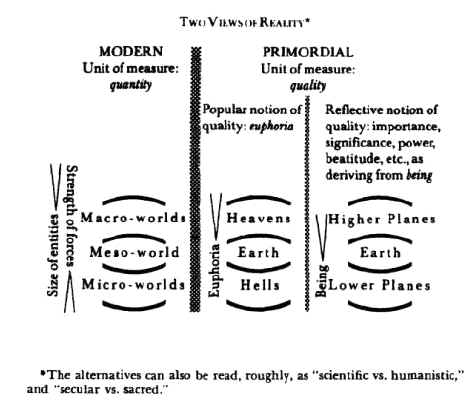
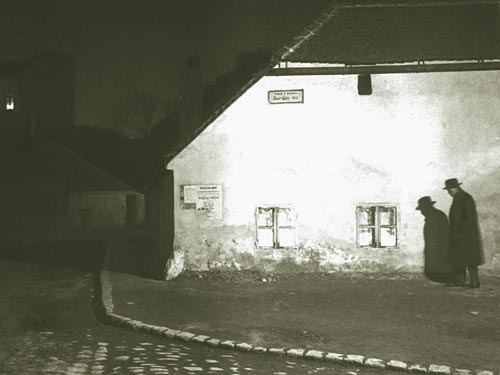 Photo by: Andre Kertesz – source
Photo by: Andre Kertesz – source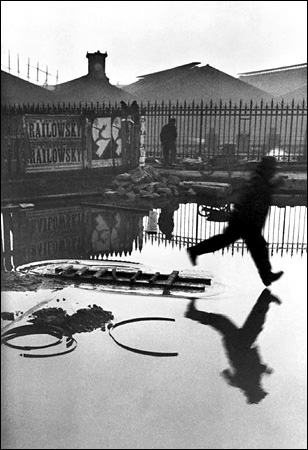
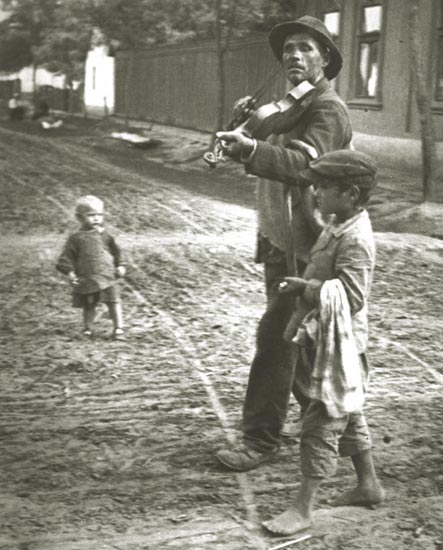
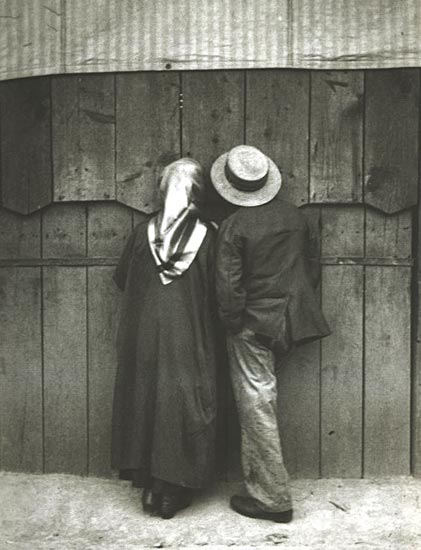

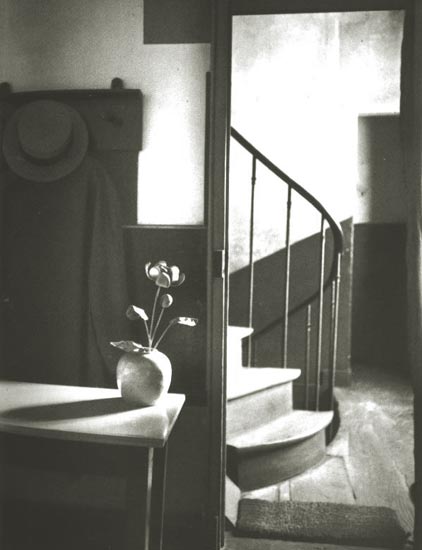
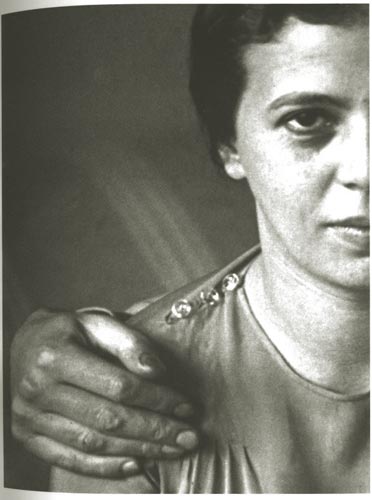
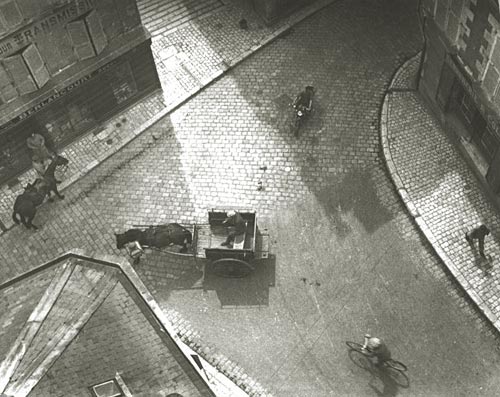
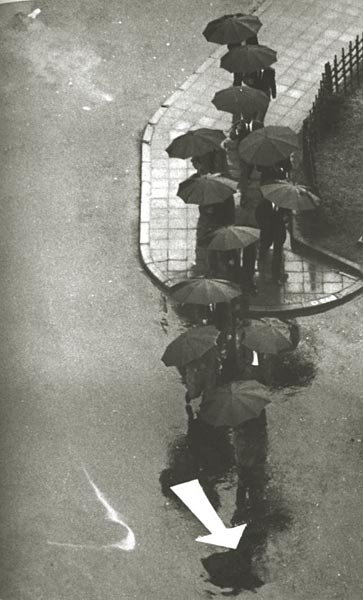
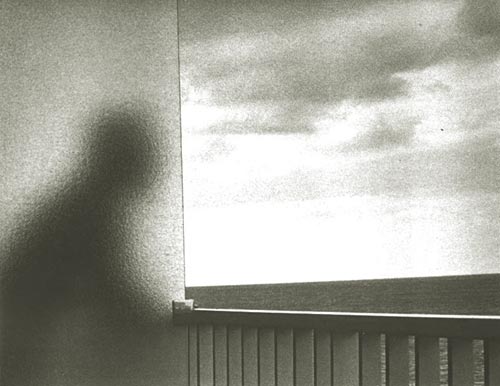
 Source
Source Source
Source




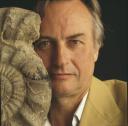 Richard Dawkins – bete noir of many religionists. Source
Richard Dawkins – bete noir of many religionists. Source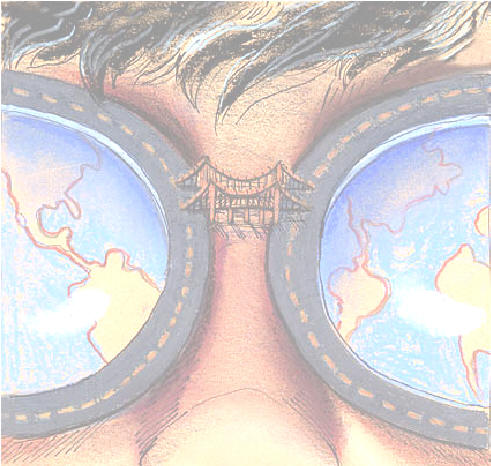 Source
Source